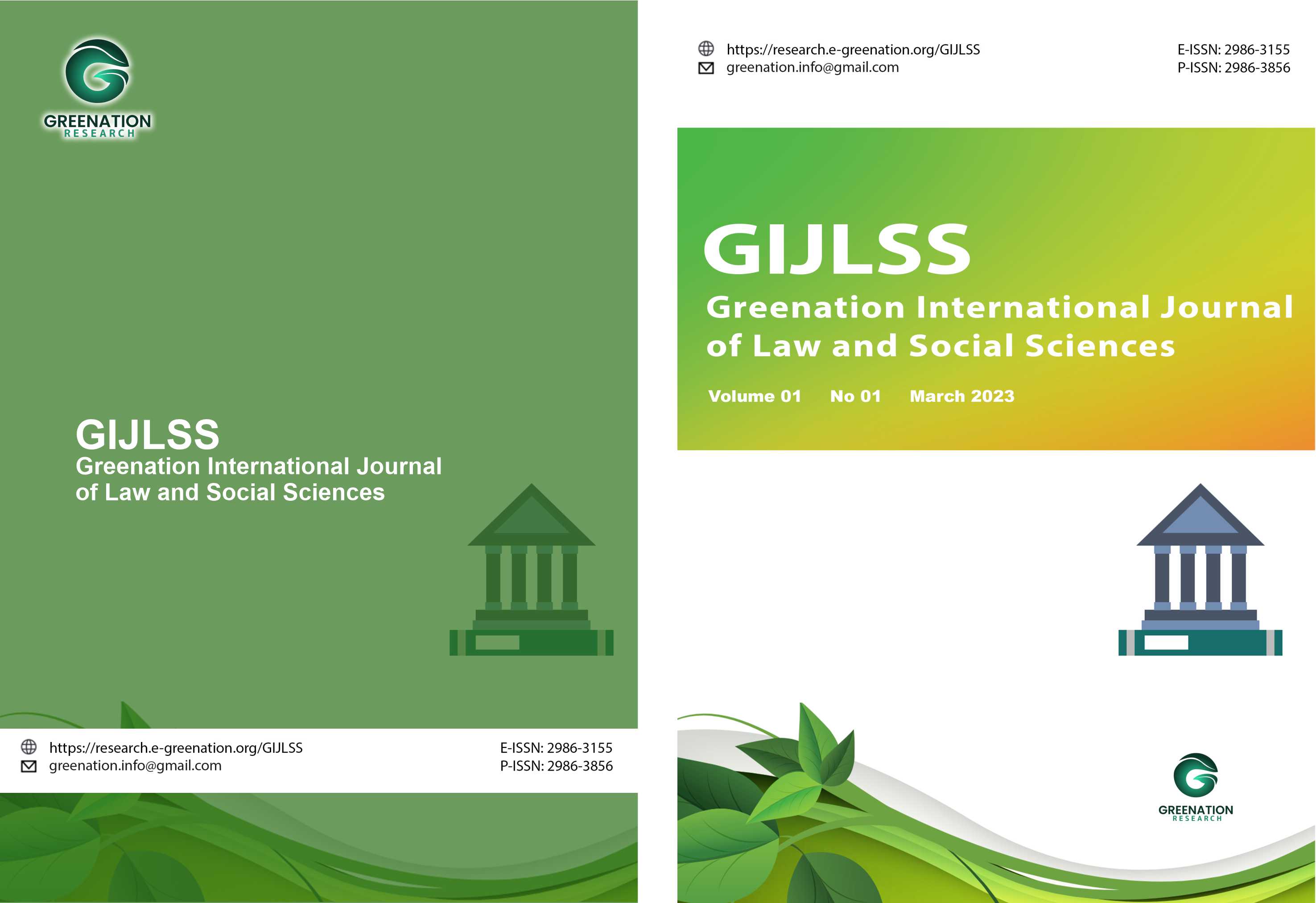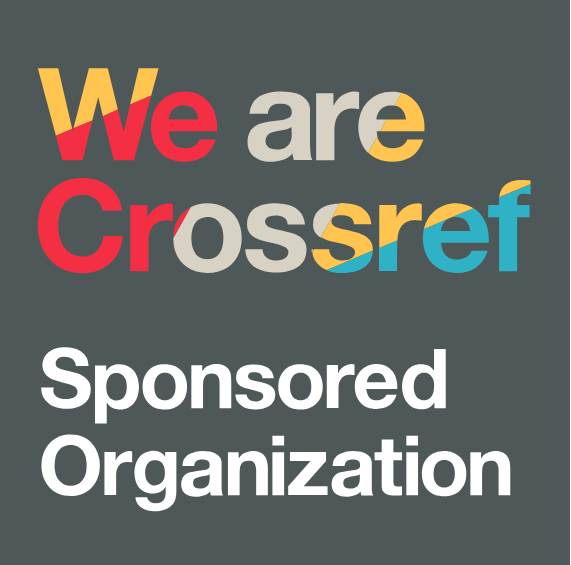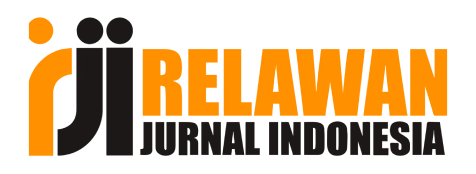Comparative Analysis of Child Protection Laws: Lessons for Indonesia in Safeguarding Children with Disabilities from Sexual Abuse
DOI:
https://doi.org/10.38035/gijlss.v3i3.541Keywords:
Child Protection, Disabilities, Sexual Abuse, Legal Reform, Indigenous PerspectiveAbstract
The issue of sexual abuse against children with disabilities remains a critical concern globally, with such children being more vulnerable than their peers without disabilities. This paper examines the gaps and challenges in child protection laws, with a particular focus on Indonesia, through a comparative analysis of international frameworks. While Indonesia has made progress through reforms like the 2016 Child Protection Law and the 2022 Sexual Violence Crime Law, it still faces challenges in addressing the specific needs of children with disabilities. These children often struggle with communication barriers, cognitive limitations, and societal stigma, which prevent them from reporting abuse and hinder justice. Drawing on the experiences of countries like the United Kingdom, Australia, and Canada, the paper identifies key lessons for strengthening Indonesia’s legal frameworks. The UK’s comprehensive approach to child protection, Australia’s rights-based system, and Canada’s integration of Indigenous perspectives provide valuable insights for Indonesia. The paper argues that Indonesia should expand its legal protections, enhance access to justice, and adopt a multidisciplinary approach to safeguarding children with disabilities. It emphasizes the importance of cultural sensitivity and the use of technology in improving child protection systems. Ultimately, the paper calls for a shift towards a rights-based model, ensuring that children with disabilities are empowered and protected in Indonesia and beyond.
References
Al-Yagon, M., et al. (2023). Knowledge of sexual abuse and resistance ability among children with intellectual disability. Child Abuse & Neglect, 137, 105991. https://doi.org/10.1016/j.chiabu.2022.105991
American Bar Association. (2016). Children with disabilities and sexual abuse: Risk factors and best practice. Child Law Practice, 35(4), 45-52.
Australian Government. (2013). National Disability Insurance Scheme Act 2013, No. 20.
Australian Government Royal Commission into Institutional Responses to Child Sexual Abuse. (2017). Final Report. Commonwealth of Australia.
Balogun, S. A., Winham, K. M., Eisenberg, M., Henriksen, C. A., Garney, W., Yonas, M., & Wells, K. (2022). A systematic review of research involving more than 16 million young people from 25 countries conducted between 1990 and 2020. Columbia University Mailman School of Public Health.
Council of Europe. (2007). Convention on Protection of Children against Sexual Exploitation and Sexual Abuse (Lanzarote Convention). European Treaty Series No. 201.
European Union. (2021). EU Strategy on the Rights of the Child (2021-2024). European Commission.
Klebanov, B., Friedman-Hauser, G., Lusky-Weisrose, E., & Katz, C. (2024). Sexual abuse of children with disabilities: Key lessons and future directions based on a scoping review. Trauma, Violence, & Abuse, 25(2), 1234-1248. https://doi.org/10.1177/15248380231179122
Martinez-Roman, N., et al. (2024). Effectiveness of school-based interventions on child sexual abuse knowledge in children with disabilities: Systematic review and meta-analysis. Research in Developmental Disabilities, 152, 104789. https://doi.org/10.1016/j.ridd.2024.104789
McDonald, K. E., Conroy, N. E., & Kim, C. I. (2019). How to conduct good quality research on violence against children with disabilities: Key ethical, measurement, and research principles. BMC Public Health, 19(1), 1146. https://doi.org/10.1186/s12889-019-7456-z
Palmer, L., Font, S., Eastman, A. L., Guo, L., & Putnam-Hornstein, E. (2024). What does child protective services investigate as neglect? A population-based study. Child Maltreatment, 29(2), 156-167. https://doi.org/10.1177/10775595221114144
Republic of Indonesia. (2002). Law No. 23 of 2002 on Child Protection, as amended by Law No. 35 of 2014.
Republic of Indonesia. (2016). Law No. 17 of 2016 on Amendment to Law No. 23 of 2002 on Child Protection.
Republic of Indonesia. (2022). Law No. 12 of 2022 on Sexual Violence Crime (TPKS).
Truth and Reconciliation Commission of Canada. (2015). Honouring the Truth, Reconciling for the Future: Summary of the Final Report. McGill-Queen's University Press.
UNICEF. (2023). Children with Disabilities: Every child has the right to live in an inclusive world. Available at: https://www.unicef.org/disabilities
United Kingdom Parliament. (1989). Children Act 1989, c. 41.
United Kingdom Parliament. (2004). Children Act 2004, c. 31.
United Kingdom Parliament. (2005). Mental Capacity Act 2005, c. 9.
United Nations. (1989). Convention on the Rights of the Child. Treaty Series, vol. 1577, p. 3.
United Nations. (2006). Convention on the Rights of Persons with Disabilities. Treaty Series, vol. 2515, p. 3.
Vera Institute of Justice. (2022). Sexual Abuse of Children with Disabilities: A National Snapshot. Available at: https://www.vera.org/publications/sexual-abuse-of-children-with-disabilities-a-national-snapshot
Wekerle, C. (2024). Considerations for child protection and practice: What is child protection now? Child Protection and Practice, 1, 100025. http://dx.doi.org/10.1016/j.chipro.2024.100025
World Health Organization. (2022). Violence Against Children with Disabilities: Global Status Report. WHO Press.
Downloads
Published
How to Cite
Issue
Section
License
Copyright (c) 2025 Nur Afiyah, M.S. Tumanggor, Erwin Owan Hermansyah, Edi Saputra Hasibuan

This work is licensed under a Creative Commons Attribution 4.0 International License.
Copyright :
Authors who publish their manuscripts in this journal agree to the following conditions:
- Copyright in each article belongs to the author.
- The author acknowledges that the Greenation International Journal of Law and Social Sciences (GIJLSS) has the right to be the first to publish under a Creative Commons Attribution 4.0 International license (Attribution 4.0 International CC BY 4.0).
- Authors can submit articles separately, arrange the non-exclusive distribution of manuscripts that have been published in this journal to other versions (for example, sent to the author's institutional repository, publication in a book, etc.), by acknowledging that the manuscript has been published for the first time at GIJLSS.
























